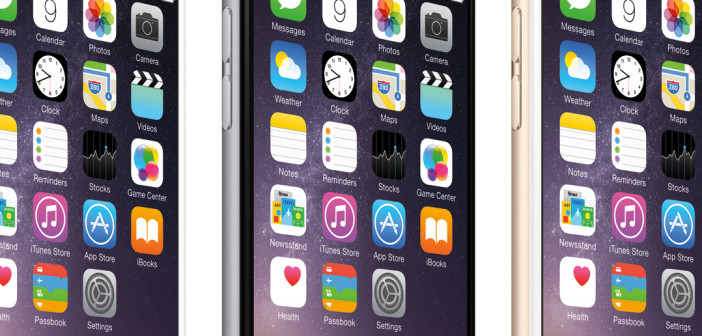Operators now able to offer Devicescape’s Curated Virtual Network and enhanced connectivity to millions of iOS users
Devicescape has announced the iOS compatibility of its Connectivity First service, making it available to millions of iPhone and iPad users for the first time.
With iOS compatibility, operators are now able to apply the benefits of Devicescape’s service suite, including access to its Curated Virtual Network of amenity Wi-Fi, to more than 95% of smartphones, according to IDC, which stated that Android and iOS are forecast to account for 95.8% of all smartphone shipments for the full year 2015.
Devicescape enables a range of network and virtual network operators to combine cellular connectivity with public, private, and commercial Wi-Fi to create a single, unified connectivity resource of enormous reach and scale. Operators can either embed Devicescape’s solution into their own consumer applications, or commission a custom application that matches their branding and value proposition.
They are then able to automate the movement of their customers’ smartphones across the different components of this unified network, ensuring a quality-managed, Connectivity First experience at all times.
Until now this enhanced connectivity experience was available only to users of Android smartphones. But access to the latest round of APIs released by Apple has allowed Devicescape to extend these capabilities to iOS devices.
Said Dave Fraser, CEO, Devicescape: “Apple is renowned for its focus on the user experience, so we are thrilled to have been granted access to APIs which let us enhance the underlying connectivity of that experience even further. Our customers have long made clear the demand for an iOS version of our client and we look forward to working with them to deploy it to their users as soon as possible.”
Devicescape’s Curated Virtual Network includes Wi-Fi offered by some of the world’s largest service and retail brands, with each access point managed in real time for quality and availability. It delivers robust connectivity in numerous indoor locations where end users gather in large numbers, but in which cellular networks can struggle to provide acceptable service.
“Operators quite rightly want to offer the same quality of experience to all of their customers, irrespective of those customers’ preferences in terms of operating system,” Fraser continued.





